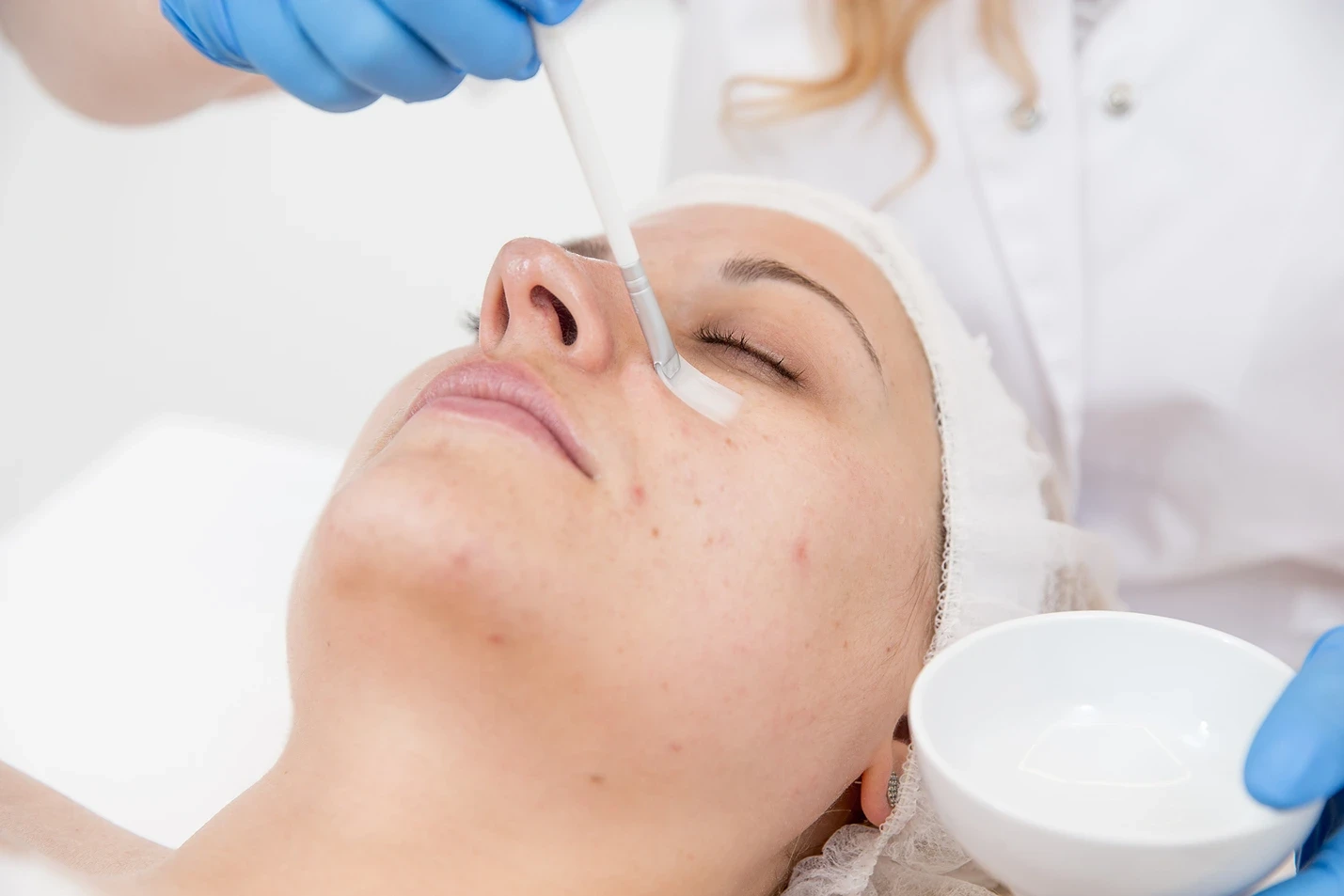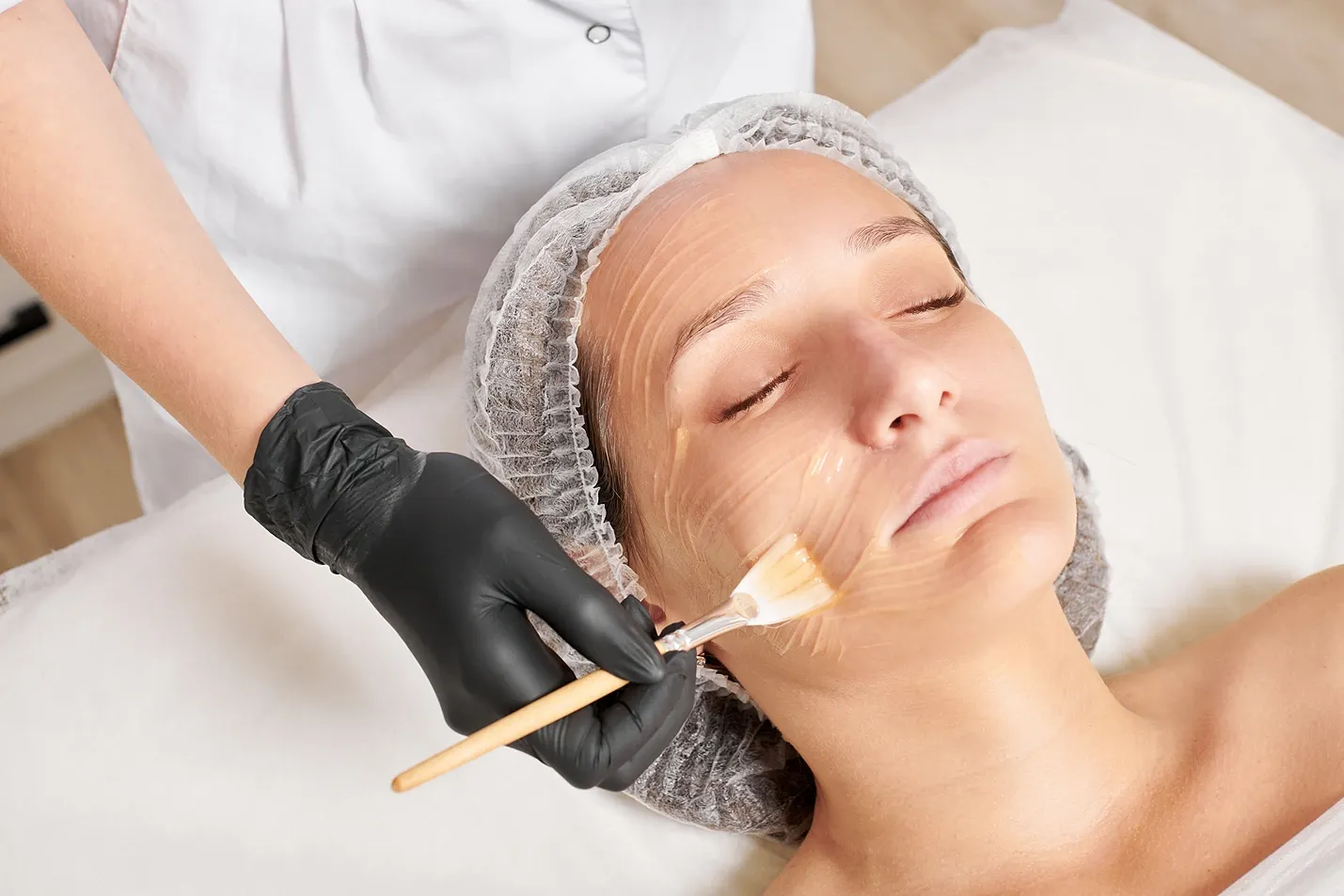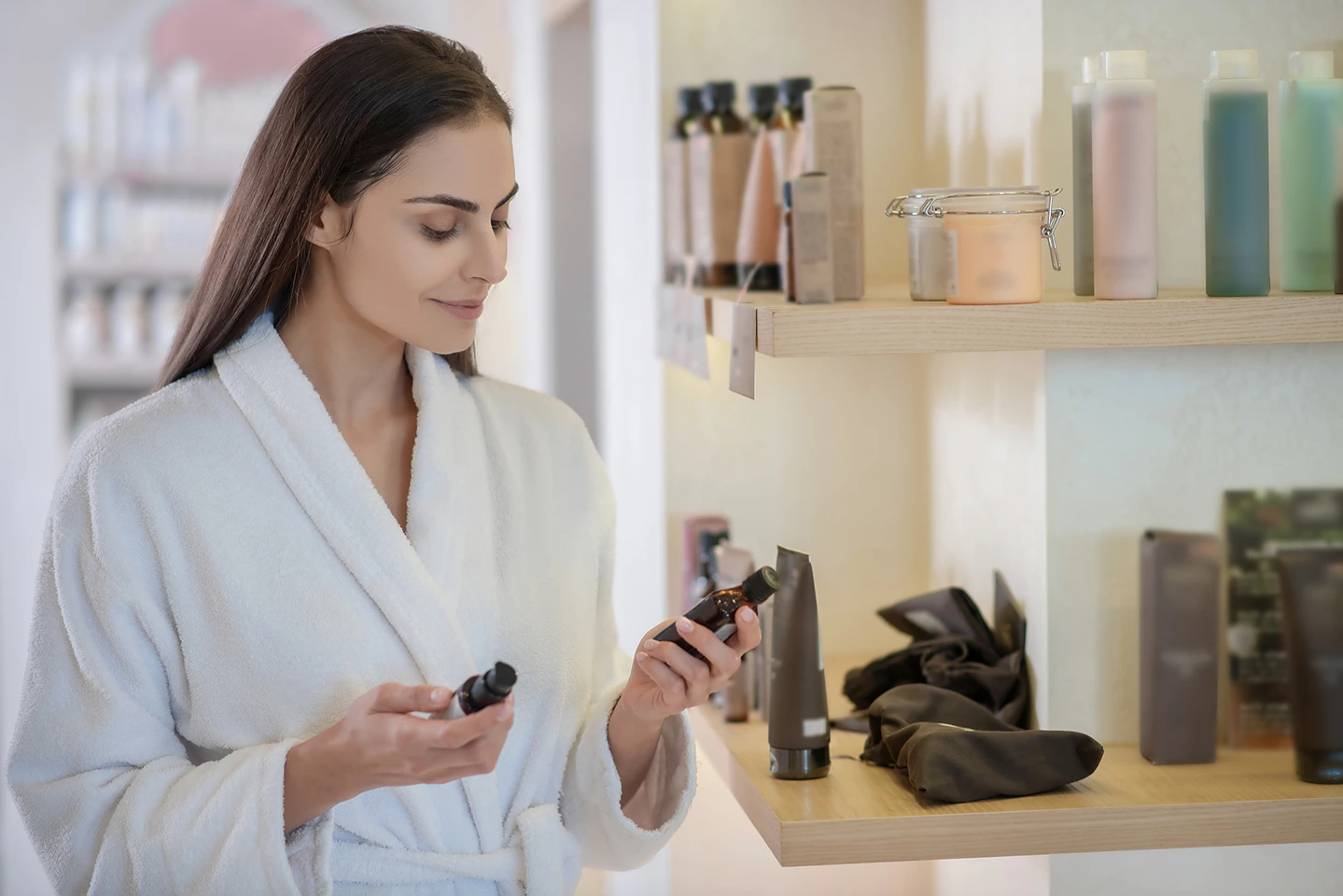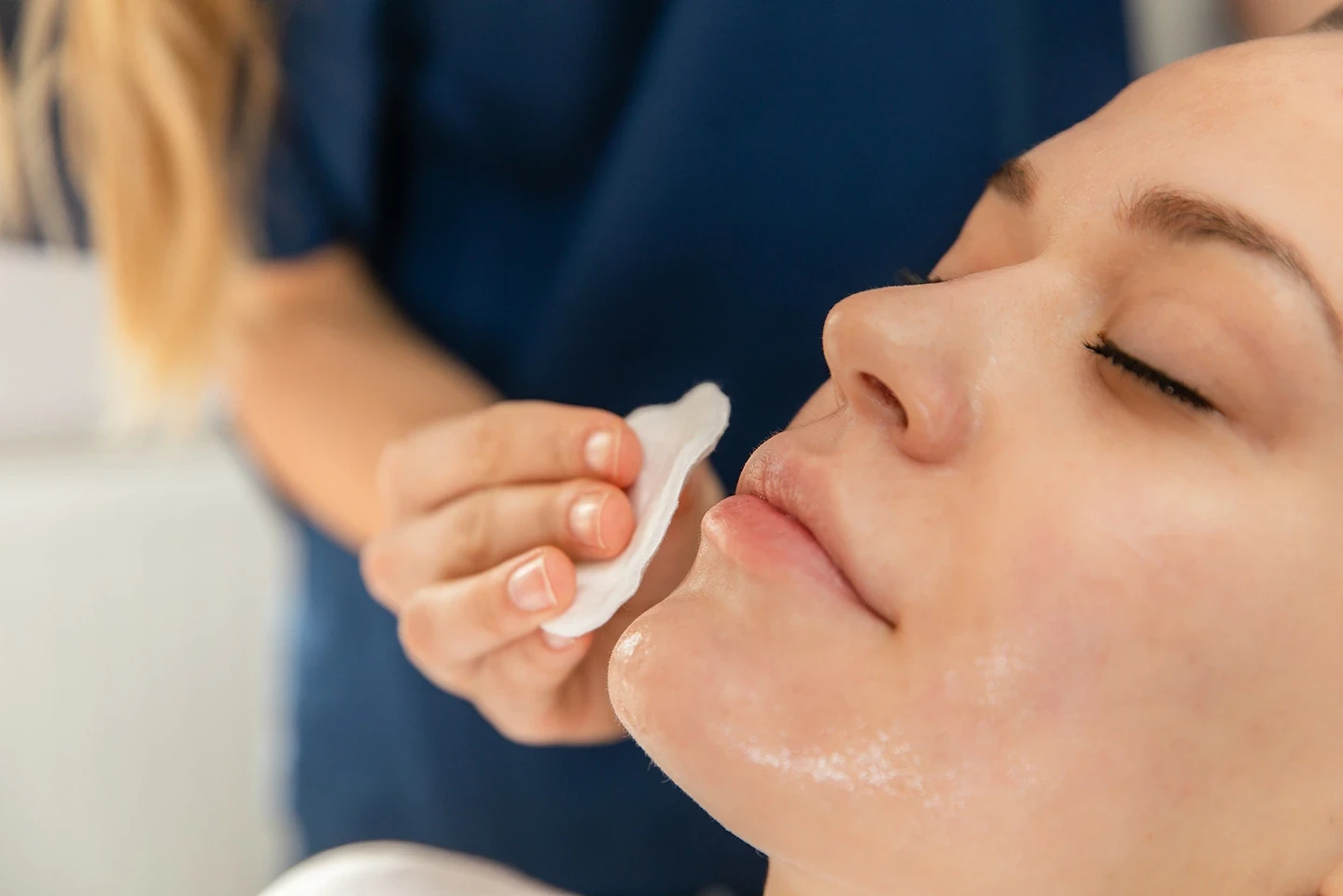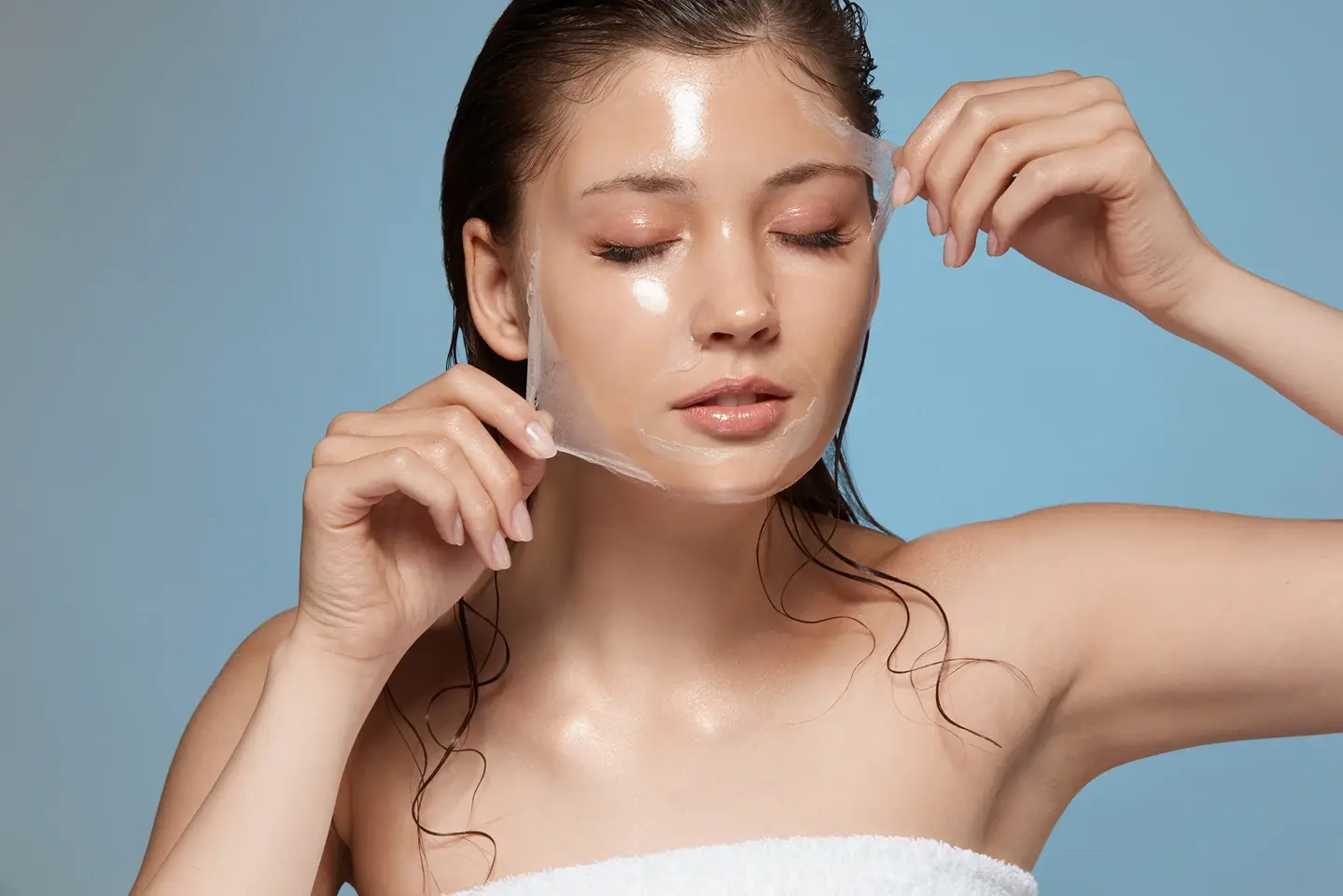Don’t let unexpected breakouts derail your skincare journey!
To treat breakouts after a chemical peel, use gentle, non-irritating cleansers and moisturizers, and apply spot treatments with ingredients like benzoyl peroxide or salicylic acid. Be patient, as post-peel breakouts often clear up on their own within 2-4 weeks as your skin adjusts to the treatment.
Is it normal to break out after a chemical peel?
The short answer is yes, it can be normal to break out after a chemical peel. But to understand why, we need to dive into the difference between skin purging and regular breakouts.
Skin purging occurs when a treatment like a chemical peel increases cell turnover, bringing existing clogs and impurities to the surface more quickly. This can look like a breakout, but it’s actually your skin clearing itself out.
On the other hand, a true breakout is a new inflammation caused by the treatment irritating your skin.
Here’s what you need to know about post-peel skin reactions:
| Factor | Purging | Breakouts |
| Timeframe | 2-4 weeks | Can persist longer |
| Appearance | Occurs in typical breakout areas | May appear in unusual spots |
| Severity | Improves over time | May worsen |
Breakouts are a common side effect that some people may experience after getting a chemical peel. Factors like your skin type, the specific peel solution used, and your post-peel skincare regimen can influence the likelihood of developing breakouts as your skin heals.
Why do chemical peels cause breakouts?

Understanding why breakouts after chemical peel occur can help you manage them better. Here are the main reasons:
Increased cell turnover
Chemical peels accelerate skin cell renewal, which can temporarily lead to more clogged pores as dead skin cells are shed.
Compromised skin barrier
The peeling process can temporarily weaken your skin’s protective barrier, making it more susceptible to bacteria and irritation.
Existing acne-causing bacteria
If you already have acne-causing bacteria on your skin, the peel process might initially spread it around, leading to more breakouts.
Peel strength and type
Stronger peels or those containing certain ingredients may be more likely to cause irritation and subsequent breakouts.
While it might seem counterintuitive, these breakouts are often a sign that the peel is working to clear out your pores. However, if breakouts persist or worsen, it’s important to consult with a skincare professional.
How long does skin purge after a chemical peel?
If you’re experiencing a skin purge after chemical peel, you’re probably wondering how long it will last. The typical duration of the purging process is about 2-4 weeks, but this can vary based on several factors:
- Skin type: Oily or acne-prone skin may purge for longer periods.
- Peel strength: Stronger peels may lead to longer purging times.
- Frequency of treatments: Regular peels might result in shorter purge periods over time.
- Skincare routine: Using appropriate post-peel care can help minimize purging duration.
It’s crucial to differentiate between purging and prolonged breakouts. Purging should gradually improve, with your skin looking clearer as time goes on. If you’re still experiencing significant breakouts after 4-6 weeks, it might be more than just purging.
Signs that purging is ending include:
- Reduction in new blemishes
- Overall improvement in skin texture and tone
- Less sensitivity and irritation
What types of breakouts can occur after a chemical peel?
After a chemical peel, you might notice various types of blemishes. Understanding what you’re dealing with can help you treat it effectively.
Here are the common types of breakouts after chemical peel:
- Whiteheads: These are small, flesh-colored bumps with a white center. They occur when pores are clogged with oil and dead skin cells.
- Blackheads: These appear as small, dark spots on the skin. They’re actually open pores filled with debris that turns dark when exposed to air.
- Pimples: These are red, inflamed bumps that may have a white or yellow center. They occur when bacteria gets trapped in clogged pores.
- Pustules: These are similar to pimples but are filled with pus and may be larger and more inflamed.
It’s important to note that while some breakouts are normal, others might be cause for concern. Normal post-peel reactions should be mild and improve over time.
If you experience severe inflammation, pain, or unusual skin reactions, it’s best to consult your skincare professional.
How to treat breakouts after chemical peels?
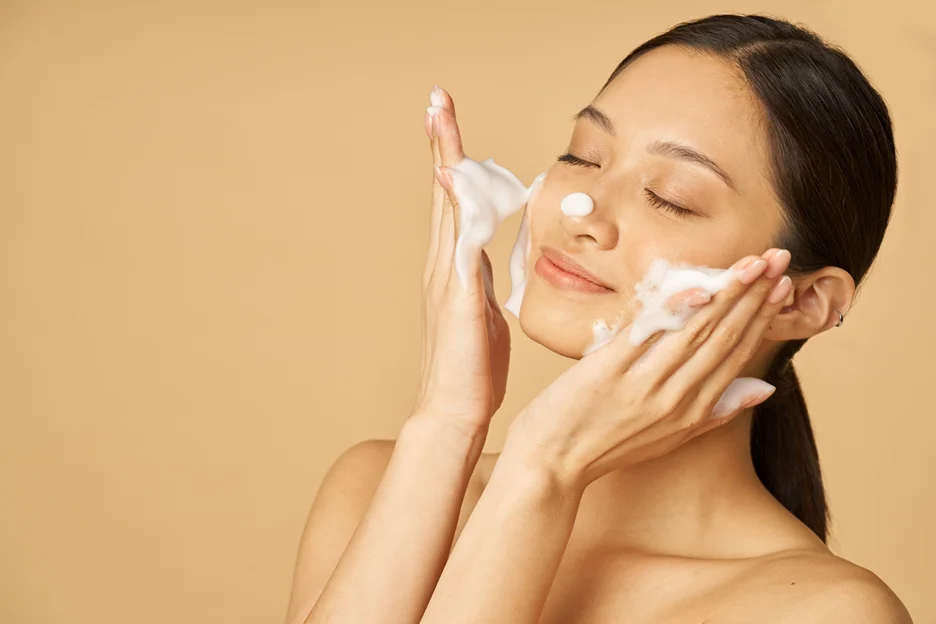
Now that we’ve covered the basics, let’s dive into how to treat breakouts after chemical peel. Here are some effective strategies:
Gentle Cleansing
Use a mild, non-irritating cleanser twice daily. Avoid harsh scrubs or exfoliants, as your skin is already sensitive post-peel.
Hydration is Key
Keep your skin well-moisturized with a non-comedogenic, fragrance-free moisturizer. This helps maintain your skin barrier and prevent further irritation.
Spot Treatments
For individual blemishes, you can try over-the-counter spot treatments containing:
- Benzoyl peroxide (start with a low concentration)
- Salicylic acid
- Tea tree oil
Avoid Picking
It’s tempting, but picking at your skin can lead to scarring and further breakouts.
Sun Protection
Always use a broad-spectrum SPF 30 or higher, as your skin is more susceptible to sun damage post-peel.
For severe or persistent breakouts, you might need to consult a dermatologist. They may recommend prescription options such as:
- Topical antibiotics
- Prescription-strength retinoids
- Oral medications in some cases
Patience is key. It can take a few weeks for your skin to fully recover and show the benefits of the chemical peel.
What skincare routine should I follow after a chemical peel?
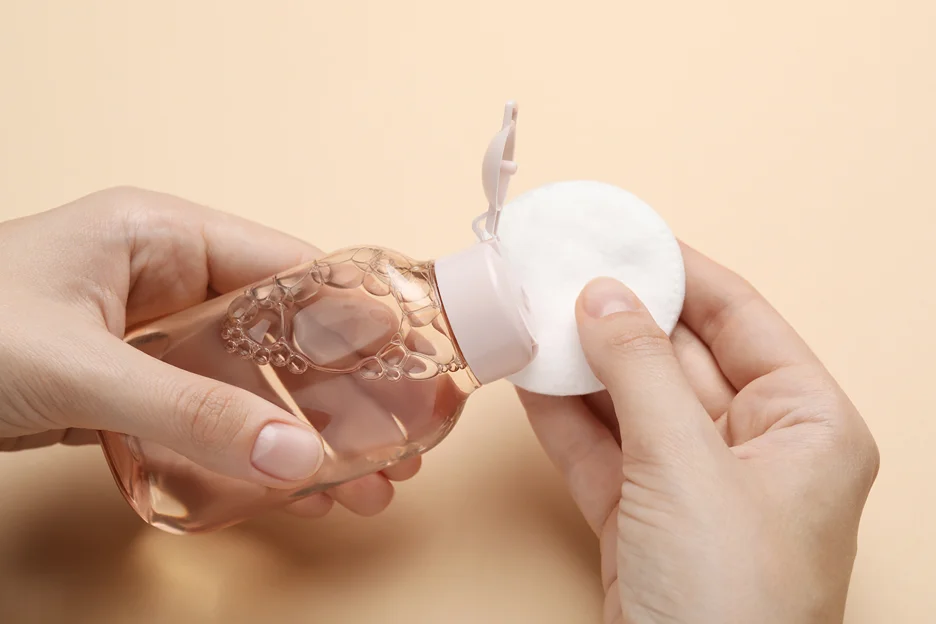
After a chemical peel, your skin needs extra TLC. Here’s a simple routine to help your skin recover and manage any breakouts:
Morning:
- Cleanse with a gentle, pH-balanced cleanser
- Apply a soothing toner (optional)
- Use a lightweight, non-comedogenic moisturizer
- Finish with a broad-spectrum SPF 30 or higher
Evening:
- Double cleanse (if wearing makeup)
- Apply a hydrating serum (look for ingredients like hyaluronic acid or niacinamide)
- Use a richer moisturizer or night cream
Additional tips:
- Avoid harsh exfoliants for at least a week post-peel
- Incorporate calming ingredients like aloe vera or chamomile
- Gradually reintroduce your normal skincare products over 1-2 weeks
Remember, everyone’s skin is different. Pay attention to how your skin reacts and adjust your routine accordingly.
When should I be concerned about post-peel breakouts?
While some breakouts after a chemical peel are normal, there are situations where you should seek professional help.
Here are some signs that your post-peel reaction might be more than just purging:
- Severe inflammation or swelling
- Intense pain or burning sensation
- Unusual skin texture changes (e.g., roughness, scaliness)
- Persistent breakouts lasting more than 4-6 weeks
- Signs of infection (increased redness, warmth, pus)
- Allergic reactions (hives, severe itching)
If you experience any of these symptoms, don’t hesitate to contact your skincare professional or a dermatologist. They can assess whether your reaction is normal or if you need additional treatment.
Key Takeaways For Treating Post-peel Breakouts

Dealing with breakouts after chemical peel can be frustrating, but it’s often a normal part of the skin renewal process. By understanding why these breakouts occur and how to manage them effectively, you can navigate the post-peel period with confidence.
Remember these key points:
- Some purging is normal and usually subsides within 2-4 weeks
- Gentle skincare is crucial during the post-peel period
- Patience is key – give your skin time to reveal its renewed glow
- If breakouts persist or worsen, don’t hesitate to seek professional advice
With the right approach, you can effectively treat breakouts after chemical peel and achieve the clear, radiant skin you’re aiming for. Keep in mind that everyone’s skin is unique, so what works for one person might not work for another.


